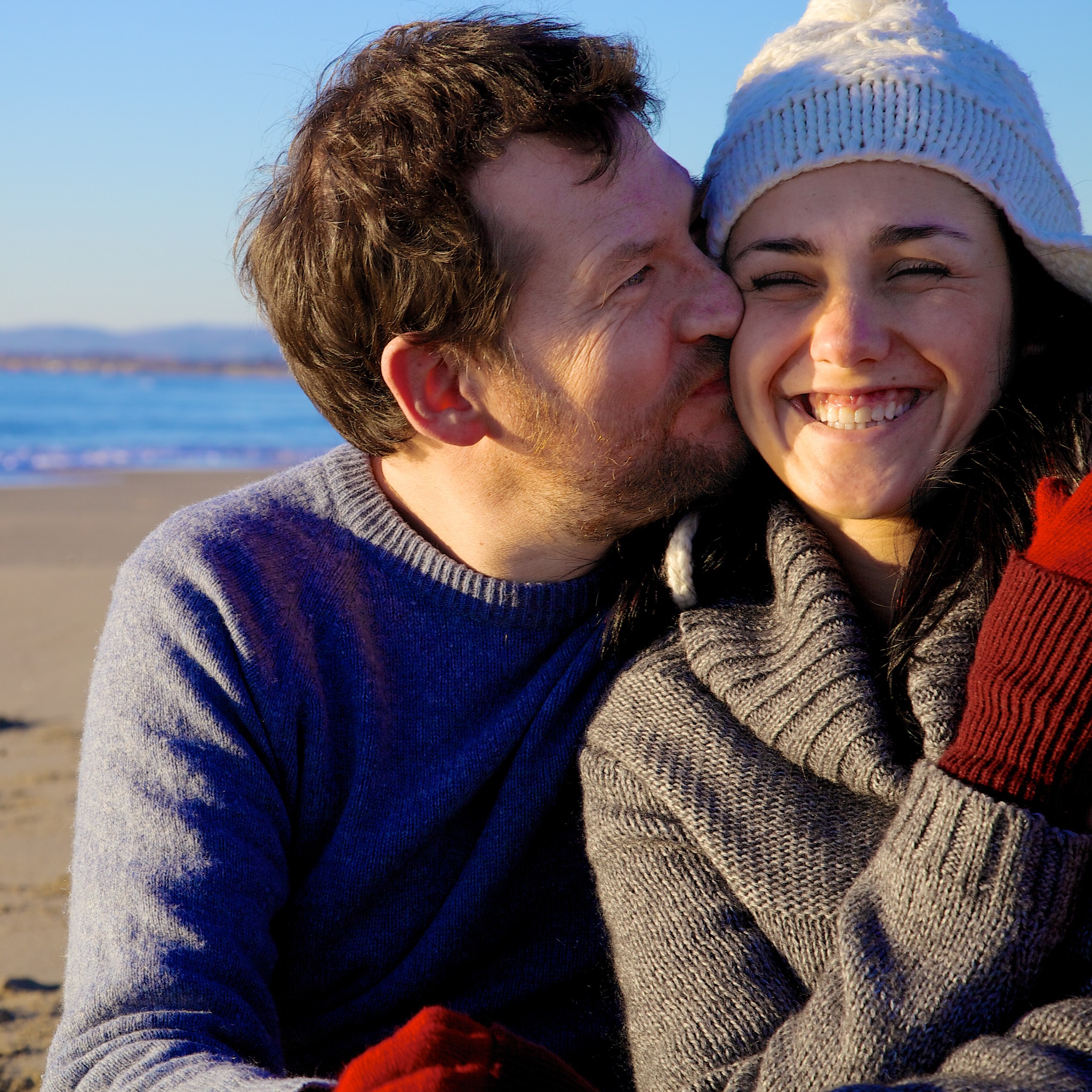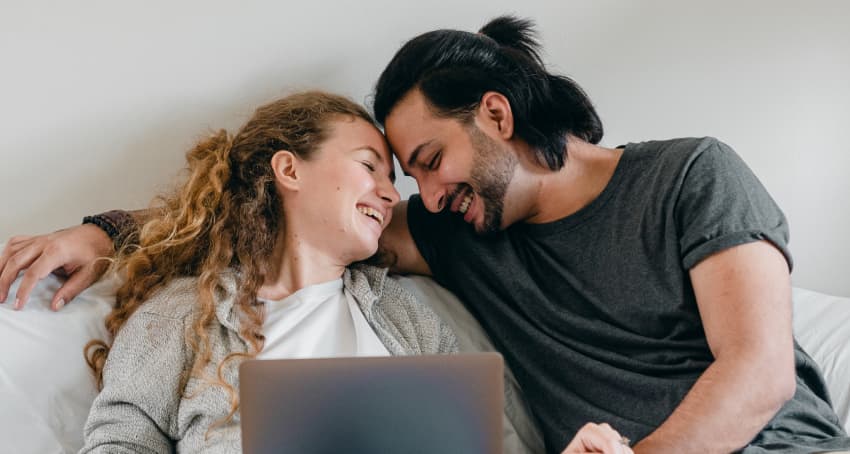Secure and Anxious Attachment Combination In this post, we’ll take a closer look at the Secure-Anxious attachment combination. We’ll discuss the key characteristics and dynamics of this combination and how it can foster a healthy and fulfilling relationship. Secure and Anxious (sometimes called Anxious-Preoccupied) attachment styles can manifest differently in a relationship compared to a partnership where both individuals have secure attachment styles. Here are some key distinctions:
Communication style:
The Secure partner communicates openly and honestly, expressing their thoughts and feelings without fear of rejection. They are good listeners and can validate each other’s experiences. The Anxious partner seeks reassurance and may express their needs and emotions more intensely. In the Secure-Anxious Pair, the Secure partner may repeatedly provide reassurance and validation to the Anxious partner.
Emotional availability:
In Secure-Secure partnerships, both partners are emotionally available and responsive to each other’s needs; they are attuned to each other’s emotions and provide comfort and support when necessary. In the Secure-Anxious partnership, the Secure partner may need to be particularly attentive to the emotional needs of the Anxious-Preoccupied partner. The Anxious-Preoccupied partner may seek more frequent reassurance of love and approval of their inherent goodness.
Independence and autonomy:
Secure-Secure partners value their togetherness and respect each other’s individuality and autonomy. They encourage each other to pursue personal interests and maintain a sense of self. In the Secure-Anxious partnership, the Anxious partner may have a stronger desire for closeness and sometimes struggle with giving the Secure partner the necessary space. The Secure partner may need to communicate their need for independence, which may be met with anxiety by their Anxious spouse.
Trust and reliability:
Secure-Secure partners share a high level of trust between them. They can rely on each other for support and have confidence that their partner will be there for them in times of need. In the Secure-Anxious partnership, the Anxious partner may sometimes need more reassurance about the stability and reliability of the relationship. The Secure partner plays a crucial role in providing this reassurance.
Conflict resolution:
Whereas Secure partners approach conflicts with a healthy and constructive mindset, they can communicate openly about disagreements, seek compromises, and find solutions that work for both parties; Conflict may be more challenging for the Anxious partner who may be more sensitive to perceived threats to the relationship. The Secure partner’s ability to provide reassurance and maintain a calm and constructive approach to conflict is crucial.
Overall dynamics:
In Secure-Secure, the relationship tends to be characterized by a strong sense of mutual trust, emotional intimacy, and a supportive environment for each partner’s individual and shared growth. In the Secure-Anxious partnership, the relationship may focus more on providing reassurance and maintaining a sense of security for the Anxious-Preoccupied partner. The Secure partner’s ability to offer consistent support is essential.
Stressors in this match
Some Secure partners are invested in their relationships to a high degree and have what it takes to patiently and lovingly soothe the Anxious partner. It is, however, a cooperative effort. The Anxious partner must be willing to receive this comfort.
The demands of the Anxious partner can become so great that the Secure partner burns out in an attempt to meet these emotional needs. Some theorists believe that a healthy, loving adult relationship can heal the wounds of the past.1 The strength of the securely attached partner becomes the bedrock on which the anxious partner builds confidence and greater self-love. The secure partner can also encourage their less secure spouse to seek growth through psychotherapy.
While a relationship between a Secure and Anxious partner can be loving and fulfilling, it may require more attention to the emotional needs and insecurities of the Anxious partner. An attachment-based Couples Therapy Intensive can be a big help to these couples. Suppose the Anxious-Preoccupied partner can describe the nature of their anxiety and accept reassurance from their Secure partner. In that case, they can move toward becoming more secure themselves.
Conclusion:
While a relationship between a Secure and Anxious partner can be loving and fulfilling, it may require more attention to the emotional needs and insecurities of the Anxious partner. Attachment-based couples therapy can be a valuable tool in helping these couples create a more secure and satisfying partnership. In the next post, we’ll explore the Secure and Avoidant attachment combination.
Footnotes
- Tatkin, Stan. (2012). Wired for Love: How Understanding Your Partner’s Brain Can Help You Defuse Conflicts and Spark Intimacy.


